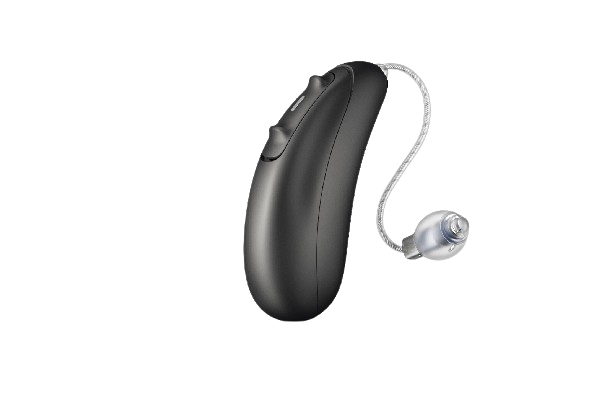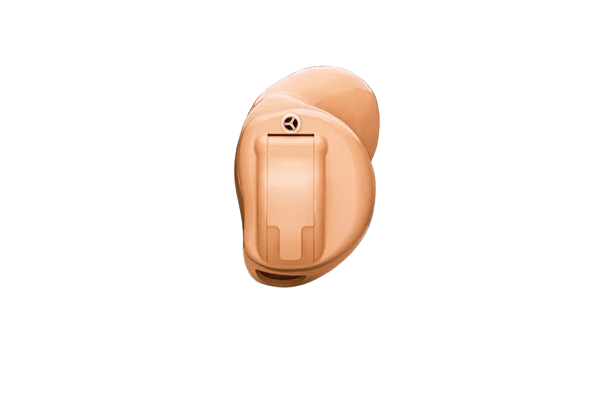At Direct Hearing, we understand the importance of choosing the right hearing instrument.
With a range of options available on the market, it can be overwhelming to decide which one is right for you. We’re here to help you navigate the process and make sure that you find the hearing aid that best suits your needs.
Request an Appointment
Types of Hearing Aids
There are several types of hearing aids available, and the right one for you will depend on your hearing needs, lifestyle, and personal preferences. Here are some common types:

Receiver-in-canal (RIC)
Read More

In-the-ear (ITE)
Read More

Behind-the-ear (BTE)
Read More

Extended Wear
Read More
How Hearing Aids Work
Hearing aids work by amplifying sounds and delivering them to the ear. The microphones in the hearing aid pick up sound waves and convert them into electrical signals that are sent to the hearing aid’s computer amplifier. The amplifier increases the power of these electrical signals, enhancing speech sounds and reducing background noise. Then it sends these signals to the speaker or receiver which converts them back into sound waves and delivers them to the ear.
Send a Message
Hearing Aid Technology and Features
Today's hearing aids are more effective and versatile than ever before. Here are some of the features available:
Assistive Listening Devices and Accessories
Assistive listening devices and additional accessories can improve functionality and convenience. These include:
- TV Streamers – TV streamers allow for direct sound streaming from the television to your hearing aids.
- Partner Mics – Partner mics allow someone to wear a microphone, which then wirelessly transmits their voice directly to the hearing aids.
- Telecoils – Telecoils allow for a better listening experience in public venues.
Get in Touch
Hearing Aid Manufacturers
At Direct Hearing, we are proud to collaborate with top hearing aid manufacturers to offer you the finest choices available. Our choices feature devices from well-known brands including:

Unitron offers hearing aids with advanced speech recognition technology and personal sound experiences while also providing Flex:Trial devices for our test drive.

Widex has consistently produced high-quality hearing aids with excellent sound quality and advanced features and form factors.
Oticon provides hearing aids with advanced noise reduction, feedback cancellation, and wireless connectivity.

Phonak hearing aids include advanced noise reduction, tinnitus management, and wireless connectivity.
Find Your Perfect Hearing Aids
At Direct Hearing, we can help you choose the right hearing aids and accessories to fit your unique needs and lifestyle. With a range of hearing aid types and advanced features available, you’ll find the perfect devices to improve your hearing and your quality of life. Contact us today to schedule a consultation.
Request an Appointment

